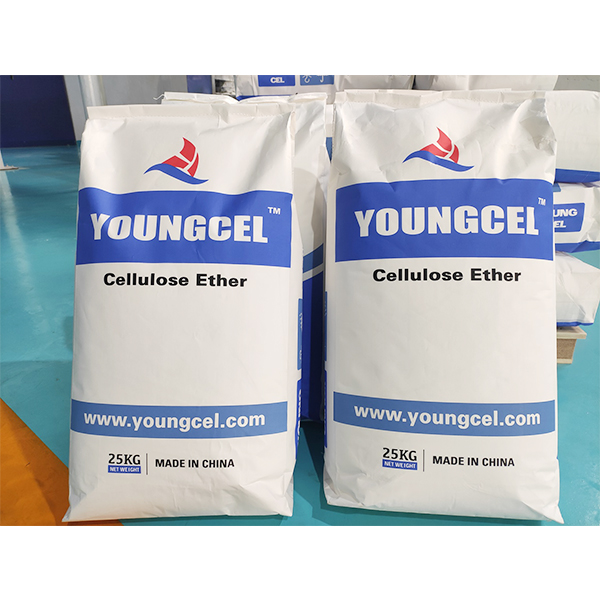Understanding Chemical Properties and Applications of HPMC
Hydroxypropyl Methylcellulose (HPMC) is a versatile polymer derived from cellulose, the most abundant organic polymer on Earth. Its unique properties and functionalities have made it a valuable ingredient in various industrial applications, particularly in pharmaceuticals, food, cosmetics, and construction. In this article, we will explore the chemical structure, properties, and diverse applications of HPMC, along with its significance in modern industries.
Chemical Structure of HPMC
HPMC is a modified cellulose polymer produced through the etherification of cellulose. The cellulose backbone consists of glucose units linked by β-1,4-glycosidic bonds. The modification involves substituting hydroxyl groups on the cellulose chain with hydroxypropyl and methyl groups, which enhances its solubility in water and its compatibility with various solvents. The ratio of hydroxypropyl to methyl substitutions can greatly affect the properties of HPMC, including its viscosity, thermal stability, and mechanical strength.
Chemical Properties of HPMC
One of the most crucial properties of HPMC is its ability to form a gel-like structure in aqueous solutions. This property is primarily due to the presence of hydrophilic hydroxypropyl and hydrophobic methyl groups, which create a balance between water solubility and thickening capability. The viscosity of HPMC solutions can be manipulated by altering the concentration of HPMC, the molecular weight of the polymer, and the ratio of substituent groups. Additionally, HPMC is non-ionic, making it compatible with a variety of other ingredients in formulations without any risk of interacting adversely with charged materials.
Another significant chemical property of HPMC is its thermal stability. HPMC does not melt but rather forms a gel upon heating, which is beneficial for many applications that require thermal processing. This characteristic allows HPMC to retain its functional properties even under elevated temperatures, making it a preferred choice in formulations that undergo processing at high temperatures.
chemical hpmc

Applications of HPMC
1. Pharmaceuticals HPMC plays a crucial role as a binder, thickener, and stabilizer in pharmaceutical formulations. It is widely used in tablet formulations to enhance the viscosity of the binder solution and to improve the disintegration and dissolution rates of tablets. Additionally, HPMC is utilized in controlled-release drug delivery systems due to its ability to regulate the release of drugs over extended periods.
2. Food Industry In the food sector, HPMC serves as a food additive for thickening, emulsifying, and stabilizing various food products. It is commonly found in sauces, dressings, and bakery products, where it helps improve texture and mouthfeel. HPMC is also employed in low-fat and gluten-free formulations to simulate the texture that fat or gluten would provide.
3. Cosmetics and Personal Care The versatility of HPMC extends to cosmetics, where it is utilized as a thickener, film-forming agent, and stabilizer in shampoos, lotions, and creams. Its ability to provide pleasant skin feel and enhance product stability makes it an essential ingredient in many personal care formulations.
4. Construction Industry In construction, HPMC is integrated into mortar, tile adhesives, and other cement-based products. It enhances workability, water retention, and adhesion. Moreover, it aids in preventing cracking and shrinking, significantly improving the durability and performance of construction materials.
Conclusion
Hydroxypropyl Methylcellulose (HPMC) is an invaluable compound in various industries due to its unique chemical properties, including its solubility, viscosity, and thermal stability. From pharmaceuticals to food and cosmetics, the diversity of HPMC’s applications underscores its importance in modern formulations. As industries continue to evolve, the demand for versatile and efficient ingredients like HPMC is expected to grow, further solidifying its role in innovative solutions across sectors.
-
A Comprehensive Guide to Methyl Ethyl Hydroxyethyl Cellulose: Applications and Industry InsightsNewsNov.24,2025
-
Understanding Methyl 2 Hydroxyethyl Cellulose: Uses, Benefits & Industry InsightsNewsNov.24,2025
-
Hydroxyethyl Methyl Cellulose HEMC: Industrial Uses, Benefits & Future TrendsNewsNov.23,2025
-
HEMC Cellulose: Versatile & Sustainable Industrial Polymer | YoungcelNewsNov.23,2025
-
Methyl Hydroxyethyl Cellulose: Versatile Building Block for Industry & SustainabilityNewsNov.23,2025
-
CAS 9032 42 2: Understanding Polyvinyl Alcohol's Impact on Industry & SustainabilityNewsNov.22,2025




